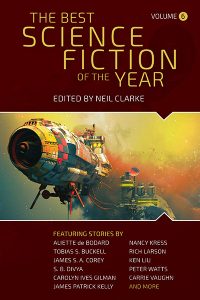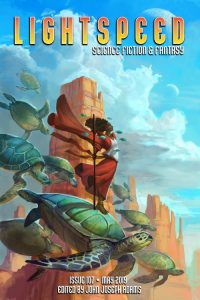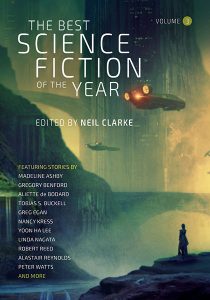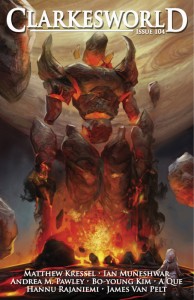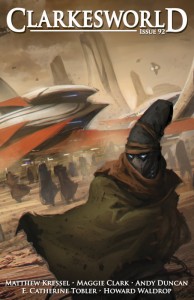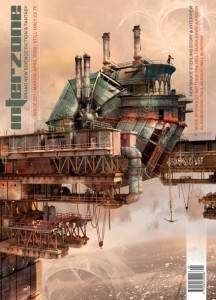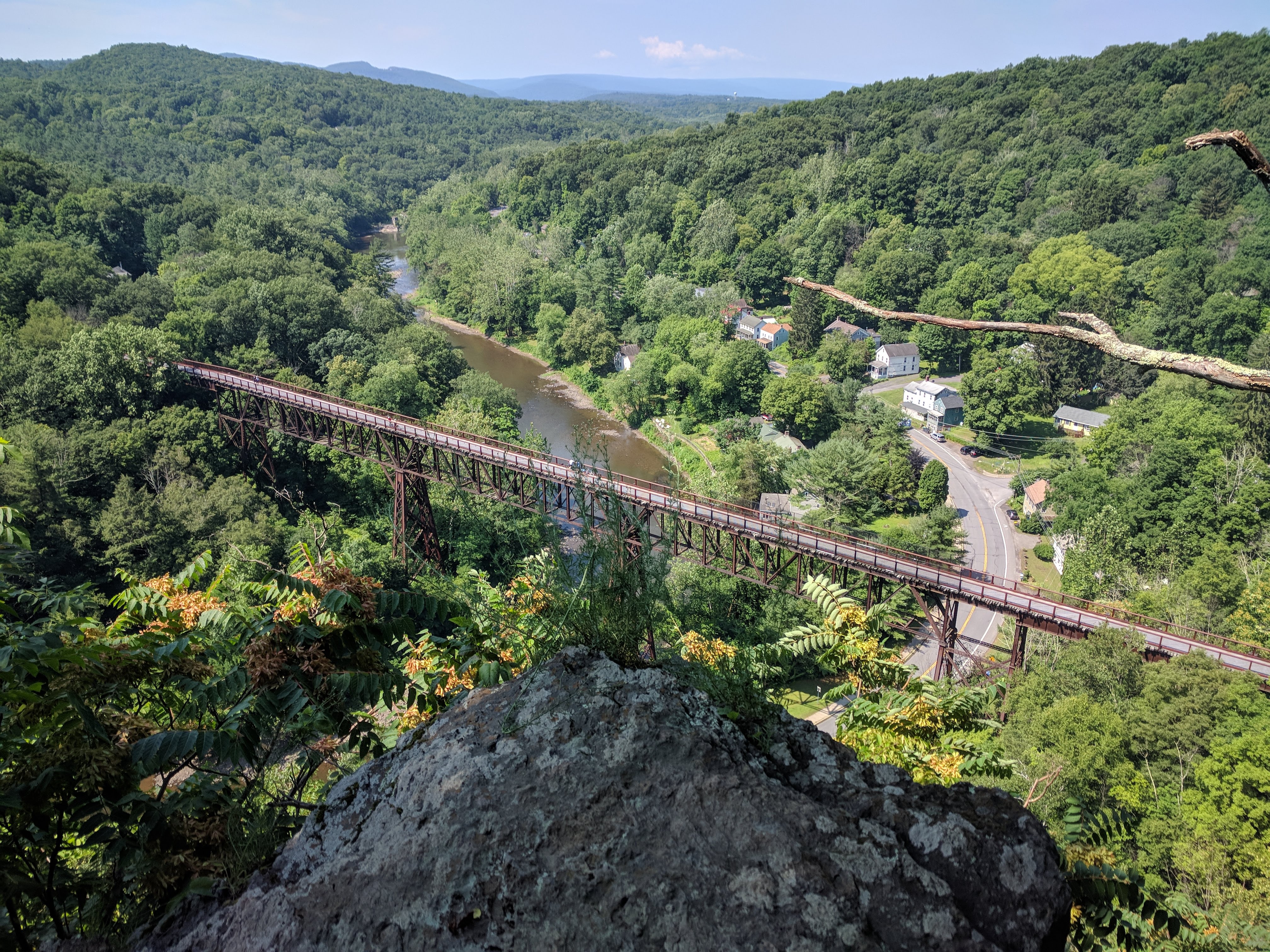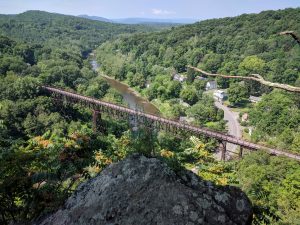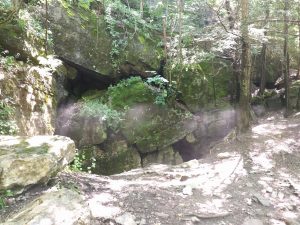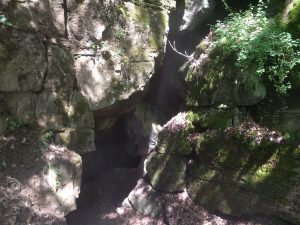In upstate New York there’s an old railroad line that has recently been converted into a walking trail. The railway was once used to ship fruits and vegetables from upstate farms to New York City, and now a walking trail runs for some twenty miles north and south where the tracks used to lie. The trail wanders through sections of dense woods of the northernmost parts of Mohunk Preserve and emerges now and then to pass the occasional quiet road and sleepy farmhouse along the way. While walking along the trail this past weekend, in a section not far from Rosendale, my wife and I came upon a dark cave hidden in the dense granite cliff. It was a hot summer’s day, well into the 90s, and yet cold air pouring from the cave swirled around our ankles. As we stepped closer, its chill breeze blew across our bodies like an autumn wind foretelling of a frigid winter to come. A steep, slippery path covered in decades of dead leaves sloped down into the recesses of the cave, and it seemed from the footprints and the way the leaves were matted that more than one adventurous person had gone down there. I only descended a few steps before the cold, wet air, the slippery path, and the menacing shape of the dark stones made me turn back.
Not far from the cave is a long trestle bridge that stretches some 900 feet across Rondout Creek. The bridge was once made of wood, but has been reinforced with welded steel that has turned a striking orange-brown with rust. Signs on the bridge warn travelers that a build-up of static charge is common, and as you walk across the bridge, the shock when touching the railing is often a painful experience. I found that the further I went before touching the railing, the more painful the shocks became, and so I found myself “grounding” myself along the railing often.
Hours later, after a five-mile round-trip journey, we returned the way we had come, past the electrified bridge, and we stopped once more beside the cave. Cold air still poured from its mouth, turning to mist in the summer heat. And as we stood there mesmerized by the strangeness of it, a man with an ancient camera on a tripod and clothes to match seemingly appeared out of nowhere. Neither I nor my wife saw where he or his camera had come from. Wearing shoes unfit for the purpose, he descended into the cave mouth, slipping and sliding as he went. We didn’t see how far down he went, nor what he was trying to capture with his ancient camera. But when I looked back, he had not yet emerged.
There are no doubt scientific explanations for what we saw and felt. A deep-earth temperature differential and a geologic accident was responsible for the cold air. The glass & plastic amalgamation that make up the bridge surface caused a build-up of static charge. A film photography enthusiast, complete with period outfit, was trying to capture the cave mist in the dappled sunlight. But such explanations seem inadequate now, and I find, as I think more about our experiences this past weekend, that there is likely much more history to this area than common lore would have us believe.




